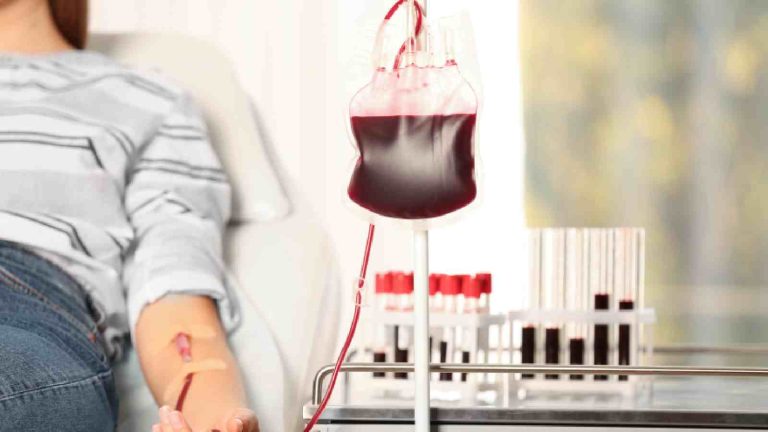
World Blood Donor Day (WBDD) is observed annually on June 14, honouring Karl Landsteiner, the Nobel Prize winner who discovered the ABO blood group system. Recognized as one of the World Health Organization’s (WHO) Global Public Health Campaigns, WBDD aims to raise awareness about the importance of safe blood and blood products while expressing gratitude to voluntary, unpaid blood donors for their life-saving contributions. Despite the critical need for blood donations, there exists a significant gap between demand and supply, with recruiting voluntary, non-remunerated donors being a major challenge worldwide.
Myths about blood donation you should stop believing
To bridge this gap, dispelling the myths and misconceptions surrounding blood donation through scientific facts and public awareness is crucial.
Myth 1: Blood donation leads to weakness
Fact: In reality, the body recovers completely within a day or two after blood donation. In fact, the process actually stimulates the faster production of new cells, making it beneficial for one’s overall health.

Myth 2: Donating blood is painful
Fact: Needles used for blood donation have fine sharp edges. The momentary discomfort a donor experiences is limited to the needle prick during insertion, which lasts only a few seconds. The needle prick area on the arm typically heals within one to two days of donating blood.
Also Read: World Blood Donor Day: 6 kinds of people who should avoid donating blood
Myth 3: Blood donation is time consuming
Fact: The actual blood donation process takes approximately 10 minutes. The entire procedure, including filling out forms and enjoying refreshments afterwards, usually takes no more than 45 minutes.
Myth 4: Donors may contract infections like HIV and Covid during donation
Fact: Each blood donation employs new sterile bags with attached needles, and the blood collection is performed following strict aseptic techniques. Hence, there is no risk of contracting infections during the donation process.
Myth 5: Donors can donate blood only once a year
Fact: As per government guidelines, males can donate whole blood every three months, while females can donate every four months.
Myth 6: Women cannot donate blood
Fact: Any female with a haemoglobin level greater than 12.5 grams per deciliter (gm/dl) can donate blood.
Also Read: What you must know before and after blood donation
Myth 7: Donating blood weakens the immune system
Fact: The body begins replenishing the blood immediately after donation, and studies have shown that the immune system remains uncompromised. The loss of white blood cells during the process is minimal and does not significantly impact the immune system.
Myth 8: People on medication cannot donate blood
Fact: While there are certain medications that may preclude someone from donating blood, in most cases, individuals taking medication can still donate. During the health assessment of prospective donors, physicians will evaluate whether their medications affect their eligibility.

Myth 9: I’m too old or young to donate
Fact: Anyone who is fit and between the ages of 18 and 65 can donate blood.
Myth 10: Common blood types are always in stock, so I don’t need to donate
Fact: Maintaining sufficient supplies of blood is a perpetual challenge due to the short shelf life of blood products. Patients are a representation of the general population, therefore, common blood groups are frequently required. Therefore, every blood donation counts and so does yours!